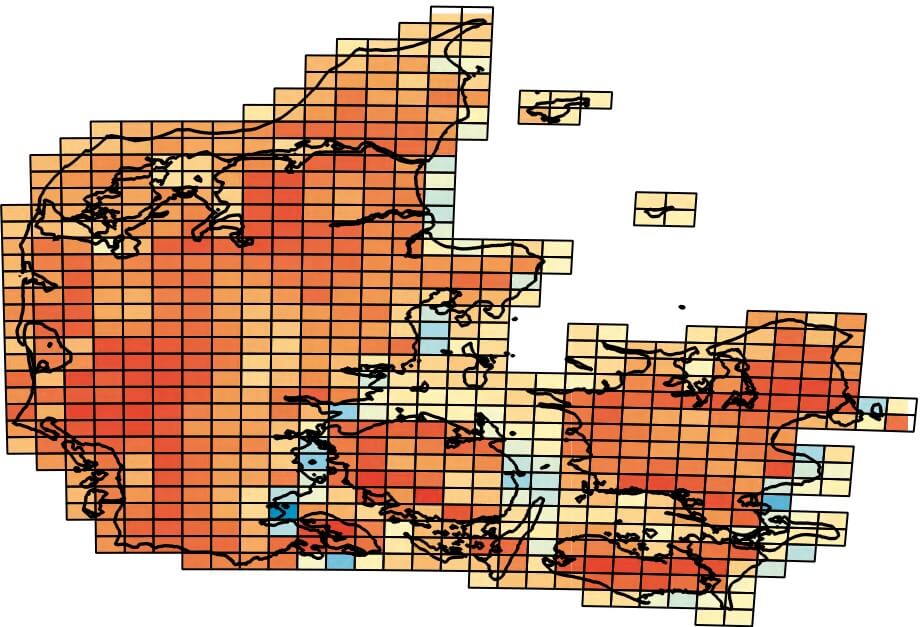
How to Cite
Share
Abstract
Global Climate Models (GCMs) are the main tools used to assess the impacts of climate change. Due to their coarse resolution, with cells of c. 100 km × 100 km, GCMs are dynamically downscaled using Regional Climate Models (RCMs) that better incorporate the local physical features and simulate the climate of a smaller region, e.g. a country. However, RCMs tend to have systematic biases when compared with local observations, such as deviations from day-to-day measurements, and from the mean and extreme events. As a result, confidence in the model projections decreases. One way to address this is to correct the RCM output using statistical methods that relate the simulations with the observations, producing bias-corrected (BC) projections.
Here, we present the first assessment of a previously published method to bias-correct 21 RCM projections of daily temperature and precipitation for Denmark. We assess the projected changes and sources of uncertainty. The study provides an initial assessment of the bias correction procedure applied to this set of model outputs to adjust projections of annual temperature, precipitation and potential evapotranspiration (PET). This method is expected to provide a foundation for further analysis of climate change impacts in Denmark.










